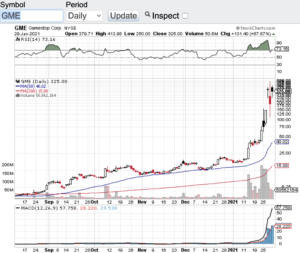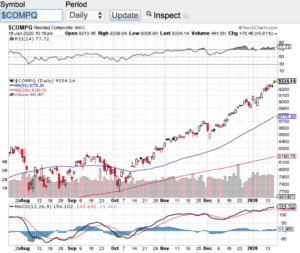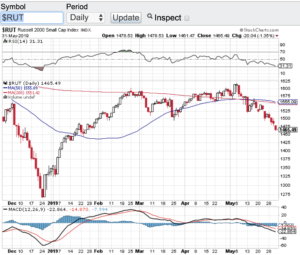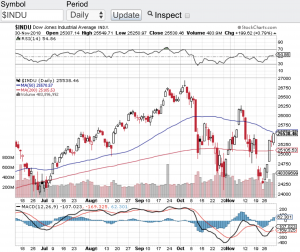For months now stock market pundits have been calling for a recession. Now it appears that a soft landing is ahead. You name it from Wall Street analysts to the media, not a day goes by without hearing the word recession. Well folks the economic data that has been coming out lately is showing just how strong our economy remains. The latest gross domestic product (GDP) report that was issued last week showed that in the second quarter of this year our economy grew by 2.4% which surprised the street. What’s more is that this the fourth straight quarter of economic expansion. This sure doesn’t sound like a recession to me. Our economy is growing despite the Federal Reserve continuing to raise interest rates. As of now it sure does look like the Federal Reserve is managing these rate hikes to perfection.
The stock market sure likes what it is seeing from the economy. The Dow Jones Industrial Average (see chart here) continues to remain above its recent breakout. The same can be said for the S&P 500 (see chart here), the Nasdaq Composite (see chart here) and the small-cap Russell 2000 (see chart here). As I alluded to in my July blog, it appeared that stocks were on the verge of breaking out. Sure enough, the month of July was a very bullish month not only on the economic front but also for the stock market. One thing I now want to look for now is if stocks are becoming overbought?
As I look at some of the key technical indicators such as the RSI and the Moving Averages technical indicators nothing too alarming there from a technical standpoint. The exception here is both the Dow Jones Industrials (see chart here) and the S&P 500 (see chart here) are flirting with becoming overbought based on the relative strength index aka the RSI. That said, this is no surprise due to how strong the markets performed in month of July. Let’s see if there is a pullback of some sorts here in August or the continuation of this bullish action.
Wishing everyone the best of luck 🙂
~George



